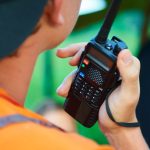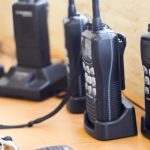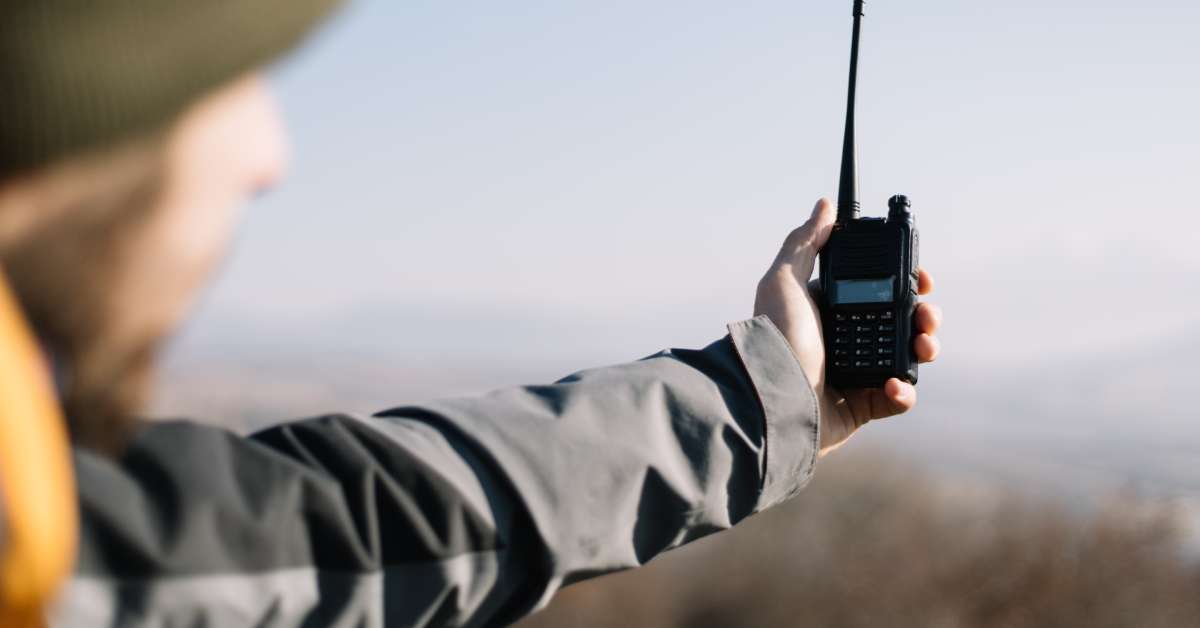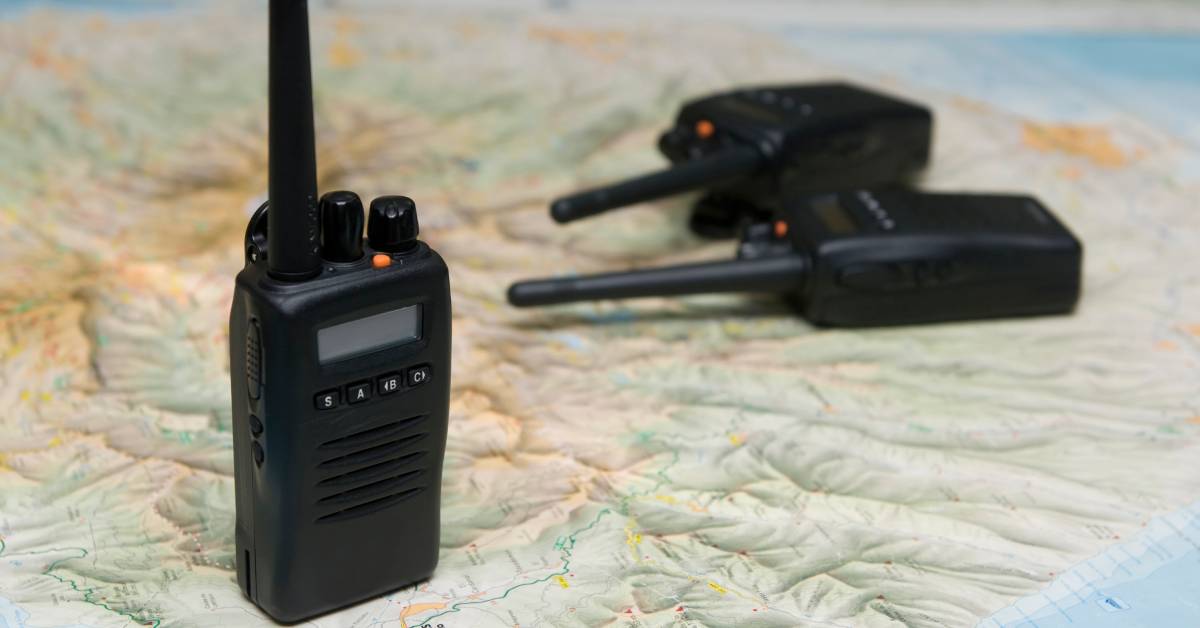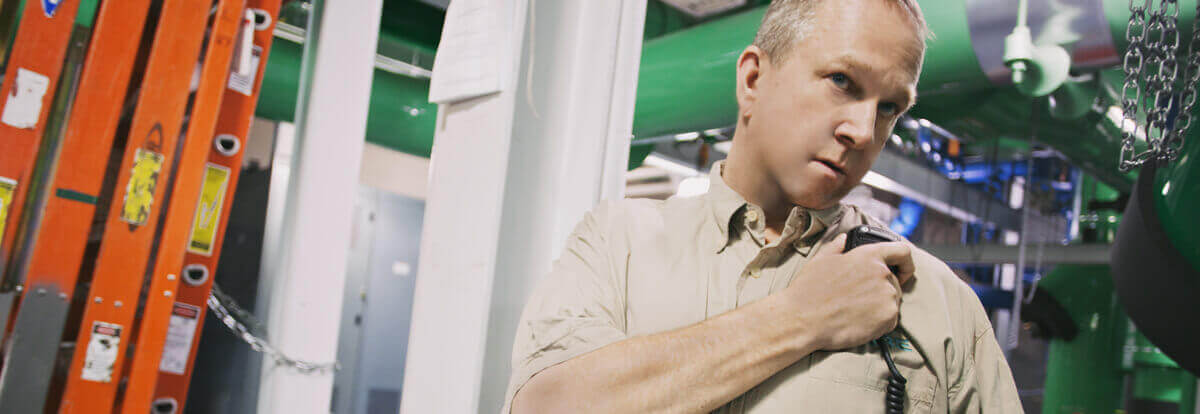Two-way radios are a lifeline for workers across industries. They ensure seamless communication when it matters most, from security teams to event planners.
Unfortunately, even the most reliable two-way radios can run into issues if their batteries aren’t performing well. By learning how to troubleshoot common two-way radio battery problems, businesses can keep operations running smoothly without any hiccups.
The Heartbeat of Communication
Two-way radios play a crucial role in ensuring effective communication across various sectors. However, the effectiveness of these devices largely depends on the health of their batteries. A malfunctioning battery can disrupt operations, causing delays and miscommunication. Therefore, understanding and maintaining battery health is paramount.
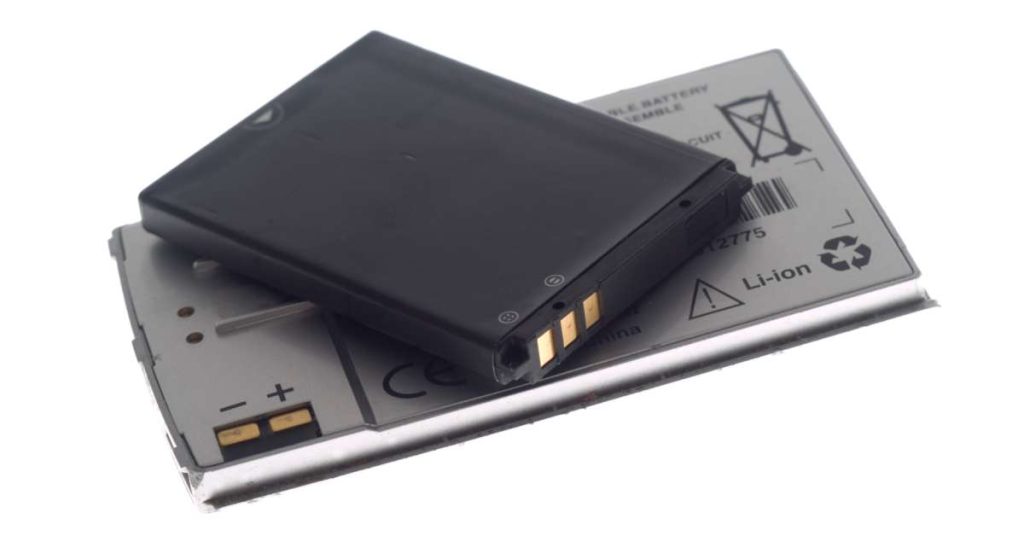
Types of Batteries and Common Issues
When it comes to two-way radios, various types of batteries are used, each with their own set of characteristics and potential issues. Understanding these battery types can help users better manage performance and troubleshoot problems.
Nickel-Cadmium (NiCd) Batteries
NiCd batteries were once widely used in two-way radios due to their affordability and resilience. However, they are prone to memory effect, in which the battery holds less charge if it is not fully discharged before recharging. This can lead to reduced run times and shortened battery lifespan.
Nickel-Metal Hydride (NiMH) Batteries
NiMH batteries are a preferred option for many modern two-way radios due to their higher capacity and ability to hold a charge longer than NiCd batteries. However, they can also suffer from self-discharge, which means they lose their charge more quickly when not in use. Regular charging is recommended to maintain their performance.
Lithium-Ion (Li-Ion) Batteries
Li-ion batteries have become increasingly popular due to their lightweight nature and high energy density. They do not suffer from memory effect and have a longer lifespan compared to NiCd and NiMH types. Common issues associated with Li-ion batteries include overheating and performance degradation if left uncharged for extended periods.
Understanding Common Battery Issues
Battery Not Charging
A battery that won’t charge is a significant issue for two-way radios, as it directly impacts communication capabilities. When a battery fails to charge, it can lead to unexpected downtime, leaving users without a reliable means of contact during critical moments. This not only affects operational efficiency but can also jeopardize safety, especially in high-stakes environments like security operations or emergency scenarios.
A battery failing to charge can be caused by several factors.
Dirty Contacts
Over time, dust and grime can accumulate on the battery’s contacts, preventing a proper connection. Use a soft cloth to clean the contacts and see if that resolves the issue.
Faulty Charger
Sometimes, the problem lies not with the battery but with the charger itself. Try using a different charger to determine if that’s the cause of the issue.
Worn-Out Battery
Batteries have a limited lifespan. If your battery is old, it may no longer hold a charge. Consider replacing it with a new one.
Short Battery Life
Short battery life poses a critical challenge for two-way radios, undermining their effectiveness as communication tools. When batteries deplete quickly, users may find themselves stranded in unsafe situations, unable to communicate when it matters most. This can lead to misunderstandings, operational delays, and, in some cases, safety hazards, particularly in environments where instant communication is vital, such as in healthcare or emergency response scenarios.
Here are some potential causes and solutions:
Overuse
Constant use of high-power features, such as when transmitting at full power, can drain the battery faster. Try to use these features sparingly.
Temperature Extremes
Batteries perform best at moderate temperatures. Exposure to extreme heat or cold can shorten battery life. Store and use your radios within the recommended temperature range.
Battery Age
Like all batteries, two-way radio batteries degrade over time. If your battery is old, it might be time for a replacement.
Overheating
Overheating is a critical issue that can significantly reduce the lifespan of two-way radio batteries and compromise their performance. When batteries become excessively hot, it can lead to a variety of detrimental effects, including reduced capacity and potential damage to internal components. This not only shortens the overall life of the battery but can also lead to erratic performance and unexpected shutdowns, leaving users without communication exactly when they need it most.
Here’s how to troubleshoot this issue:
Check for Ventilation
Ensure that the radio is well-ventilated and not covered by anything that could trap heat.
Reduce Usage
High-power transmissions generate more heat. Use lower power settings when possible.
Inspect for Damage
Physical damage to the battery or radio can lead to overheating. Inspect both for any signs of wear or damage and replace them if necessary.
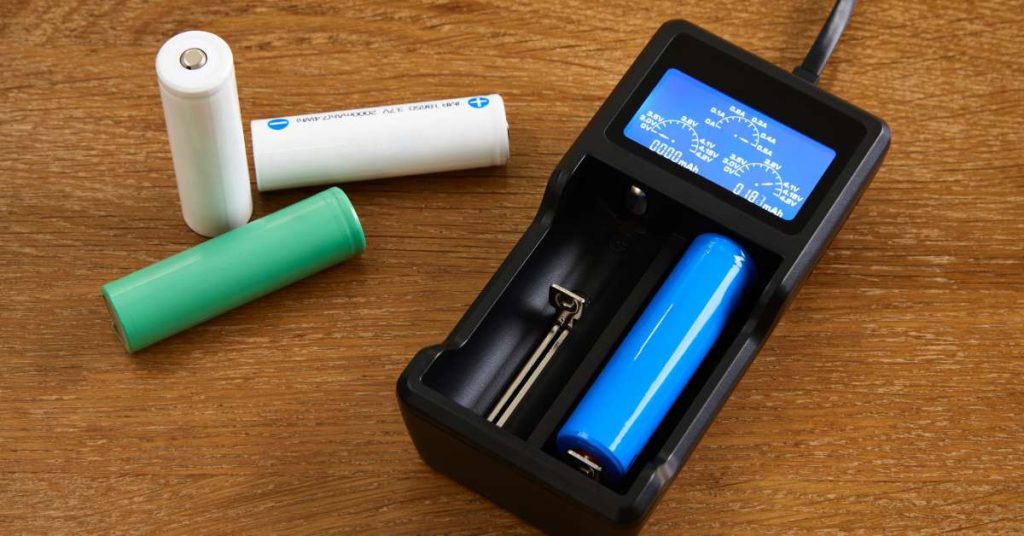
Preventative Maintenance
Batteries will degrade much faster if they’re not properly cared for. Understanding preventative maintenance best practices will ensure your investment lasts.
Regular Cleaning
Keeping the battery contacts clean is essential for maintaining a good connection. Use a soft cloth or cotton swab to gently clean the contacts on both the battery and the radio. Avoid using harsh chemicals or abrasives that can damage the contacts.
Proper Storage
Store your batteries in a cool, dry place during downtime. Never leave them in direct sunlight or in a car where temperatures can fluctuate dramatically. This will help prolong battery life and prevent overheating.
Routine Inspections
Regularly inspect your batteries for any signs of damage or wear. Look for cracks, leaks, or bulging, and replace any batteries that show these signs. Additionally, check the battery contacts for any corrosion and clean them if necessary.
Charge Cycles
For NiCd and NiMH batteries, it’s important to periodically fully discharge and then recharge them to prevent the memory effect. For Li-Ion batteries, avoid fully discharging them too often, as this can shorten their lifespan. Follow the manufacturer’s recommendations for optimal charging cycles.
Ensure Reliable Communication When It Matters Most
Two-way radio battery problems can be frustrating and disruptive for crews, but with proper understanding and maintenance, they can be avoided altogether or resolved quickly before they impact work. By learning how to troubleshoot common two-way radio battery problems, you can extend the lifespan of your batteries and ensure reliable communication when it matters most.
Anyone who’s ever worked in a situation where communication is essential knows the importance of two-way radios and having a reliable power supply. At Battery Distributors, we’re dedicated to ensuring you have cells you can count on. Our Motorola APX 1000 battery makes the perfect replacement for your power-consumption needs, offering hours of life and compatibility with a variety of essential devices.



